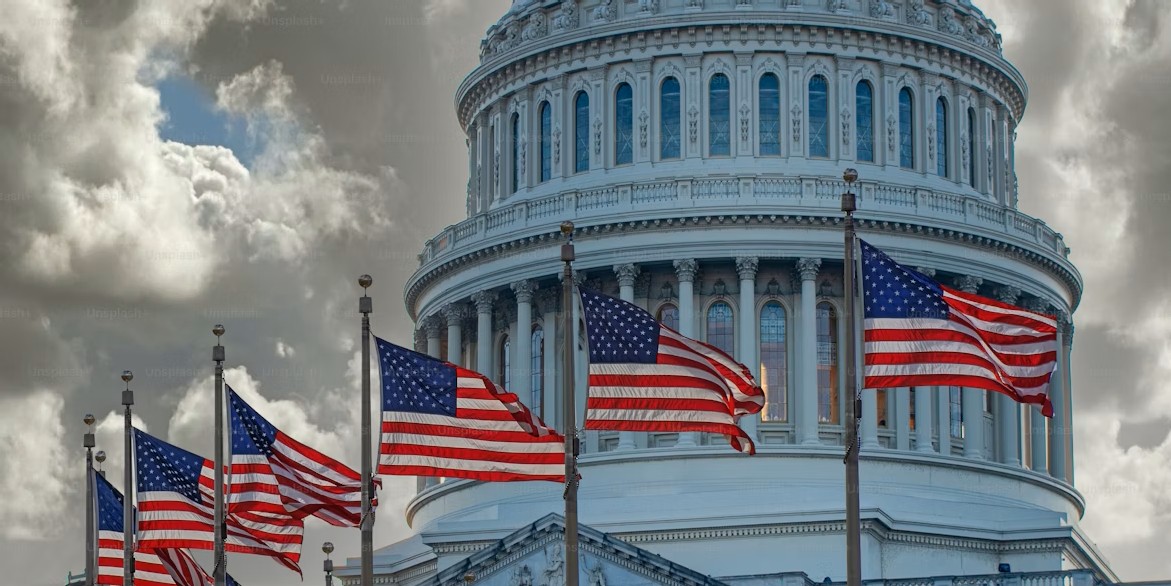The United States government faced the very real possibility of a shutdown due to a bitter and escalating dispute between Democrats and Republicans over federal funding. This disagreement, which centered on key issues such as Medicaid funding, subsidies under the Affordable Care Act (ACA), and broader budget priorities, has deepened the political divide between the two major parties. If the deadlock remained unresolved, it threatened to bring essential government functions to a standstill, disrupting services and causing widespread uncertainty.
The main point of contention was healthcare funding, particularly regarding Medicaid, the government-run health insurance program for low-income individuals, and the subsidies that help make health insurance more affordable for Americans under the ACA. For Democrats, the preservation and expansion of these healthcare programs are essential to their broader policy agenda, which aims to ensure that all Americans have access to affordable healthcare. In contrast, Republicans, especially those aligned with the more conservative wing of the party, have pushed for deep cuts to Medicaid and other domestic programs as part of their broader fiscal strategy.
As the shutdown deadline approached, Democratic leaders in Congress urgently called for a meeting with President Donald Trump in hopes of reaching a compromise. They criticized Republican leaders for their unwillingness to engage in bipartisan negotiations, arguing that the refusal to come together over funding would lead to unnecessary and harmful consequences for the American people. While President Trump expressed support for fiscal discipline and efficiency in government spending, his administration’s stance on healthcare funding remained a major stumbling block in negotiations. For Democrats, the preservation of Medicaid and ACA subsidies was non-negotiable, and they were resolute in their push to secure continued funding for these programs.
The Senate’s rejection of a short-term funding bill further escalated the crisis. This bill, which was meant to provide temporary funding to avoid a government shutdown while lawmakers continued to negotiate, was voted down by the Senate due to partisan opposition. The failure of this bill signaled that a resolution might not be reached in time, increasing the likelihood of a shutdown. As a result, the government faced the risk of halting a range of services, including the processing of permits, benefits, and social security, along with the furloughing of non-essential workers.
The shutdown also posed a direct threat to millions of Americans who rely on government programs such as Medicaid, social security, and health insurance subsidies. For these vulnerable populations, the uncertainty surrounding government funding created anxiety over their ability to access crucial healthcare and social services. For many, the ongoing dispute in Washington was not just a matter of political gamesmanship but a life-or-death issue that affected their well-being and security.
For the Trump administration, the shutdown was shaping up to be one of its most significant challenges. The president’s commitment to reducing government spending and his resistance to expanding healthcare were central to his policy platform, but this confrontational approach had led to a standoff with Democrats, who viewed such cuts as harmful to the American people. Republican leaders, particularly those in the Senate, had also faced pressure from their base to implement more stringent budget cuts, further complicating efforts to reach a deal.
The impasse in Washington highlighted the broader ideological divides in U.S. politics. On one hand, Democrats were committed to expanding government programs and increasing funding for healthcare initiatives, while Republicans remained focused on reducing government spending and implementing fiscal restraint. This conflict reflected deeper philosophical differences on the role of government in providing social services and its responsibility toward citizens’ healthcare needs.
As the deadline for a potential government shutdown drew nearer, the stakes could not have been higher. The government’s ability to function effectively was at risk, and the potential for widespread disruptions—ranging from delays in government services to the furloughing of federal employees—loomed large. The shutdown was not just an economic issue; it was a political crisis that could have long-term ramifications for both parties.
If a resolution was not reached in time, it would mark yet another chapter in the long-standing battle over government spending and fiscal priorities. With the deadline looming and no clear path to compromise, the outcome of the dispute remained uncertain, leaving Americans anxiously awaiting the decision that would ultimately determine the fate of their government services.
Read Also: https://bizrecap.com/intel-restructures-leadership-strategy-amid-government-equity-stake-change/

